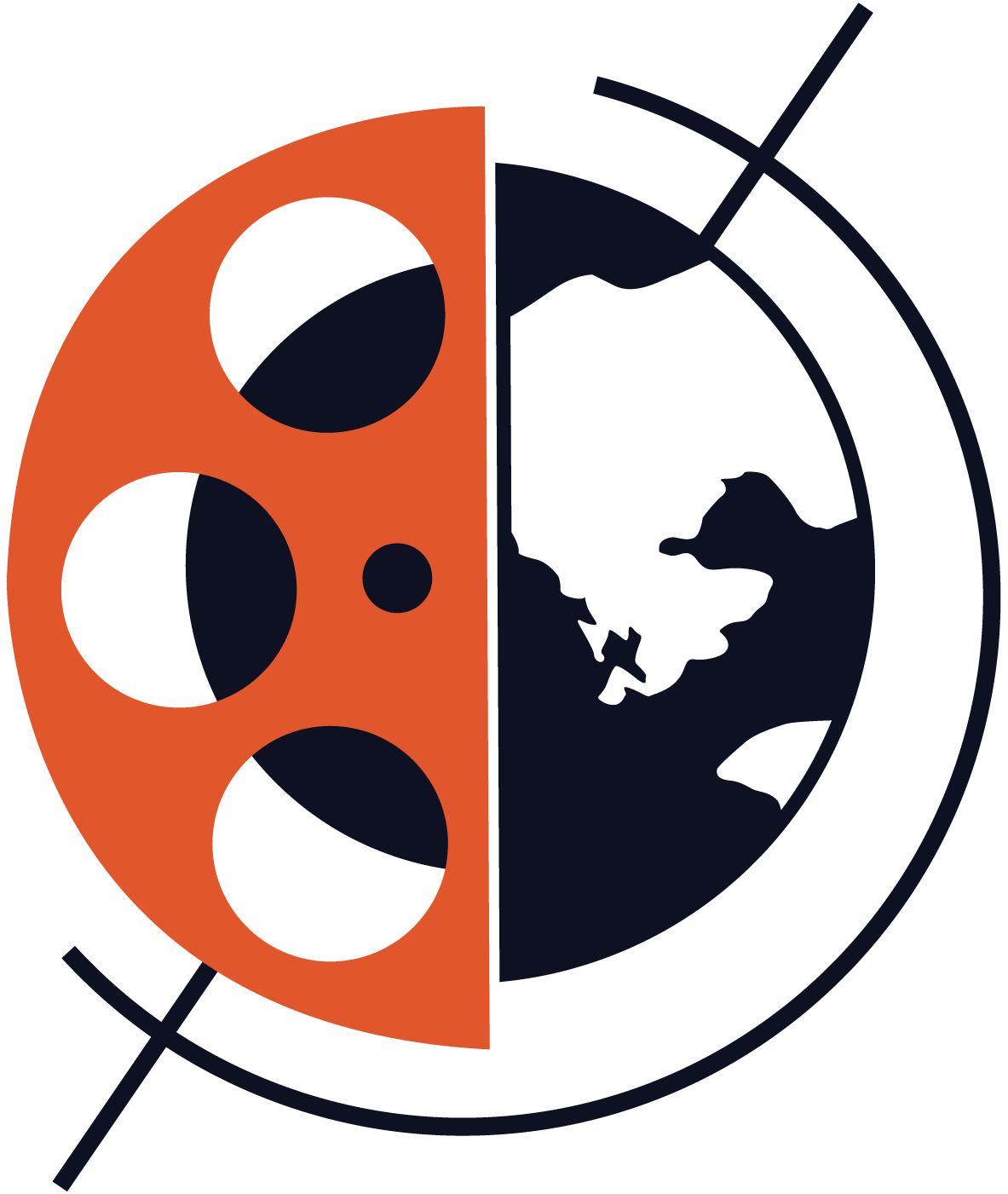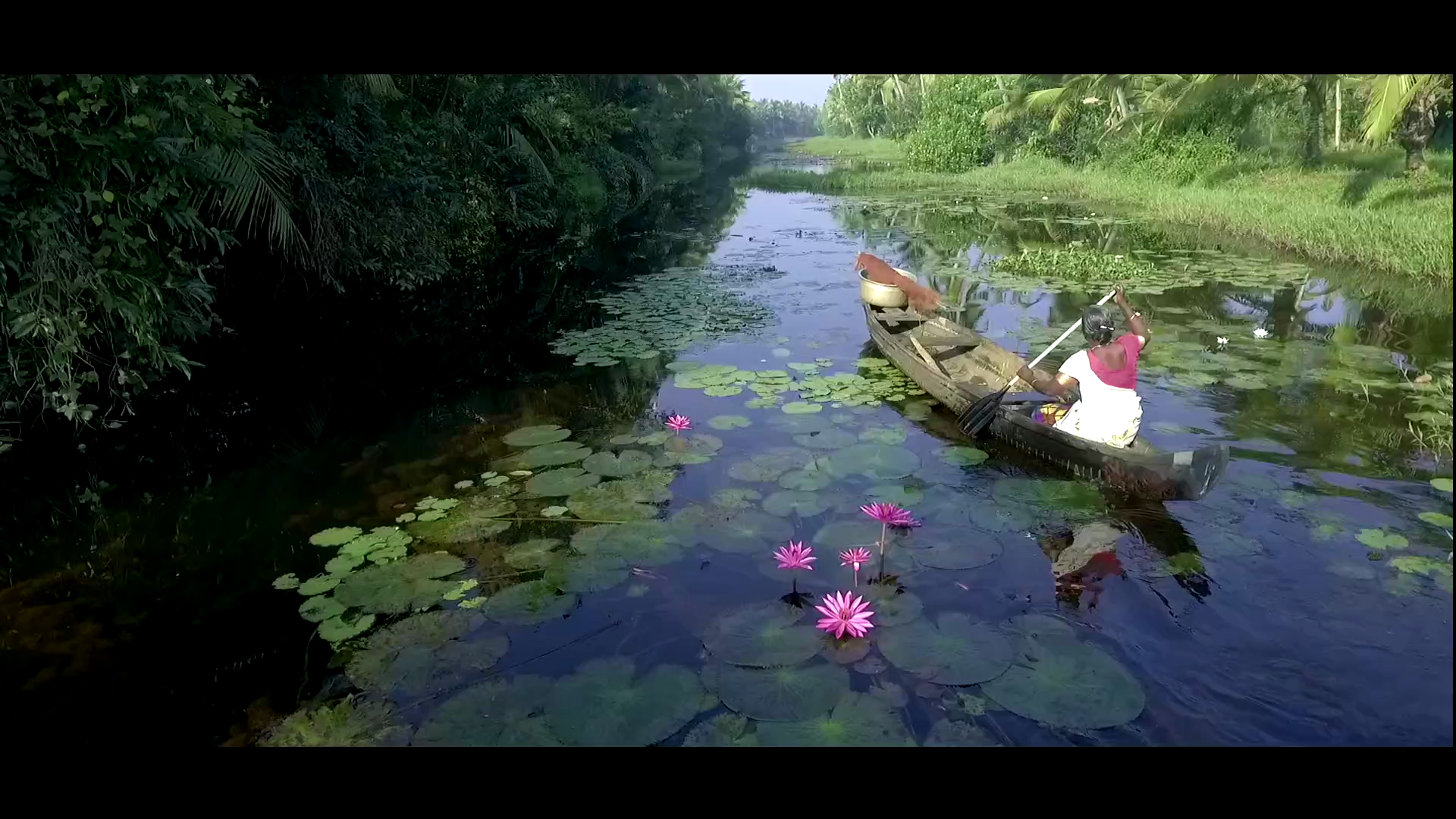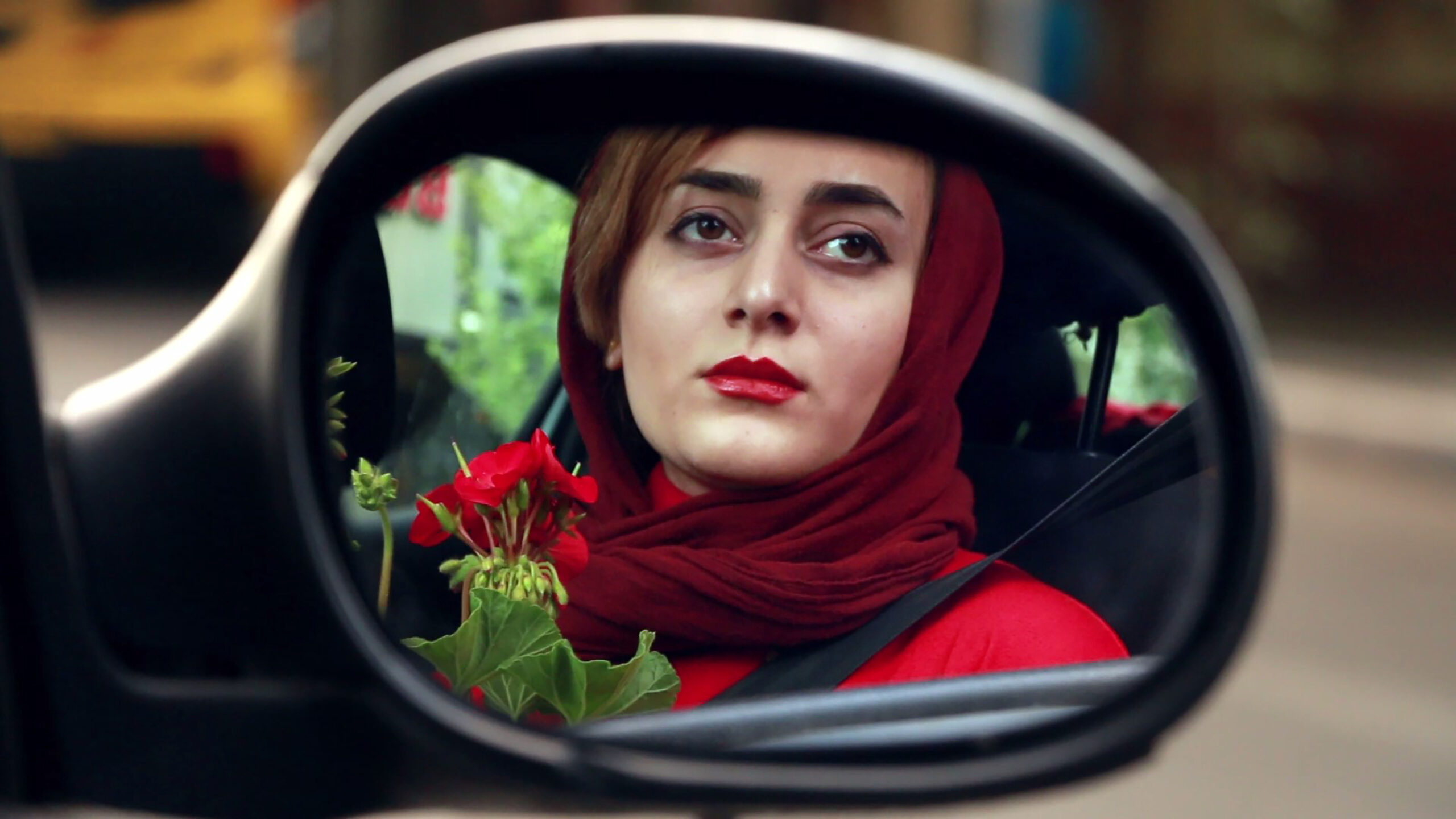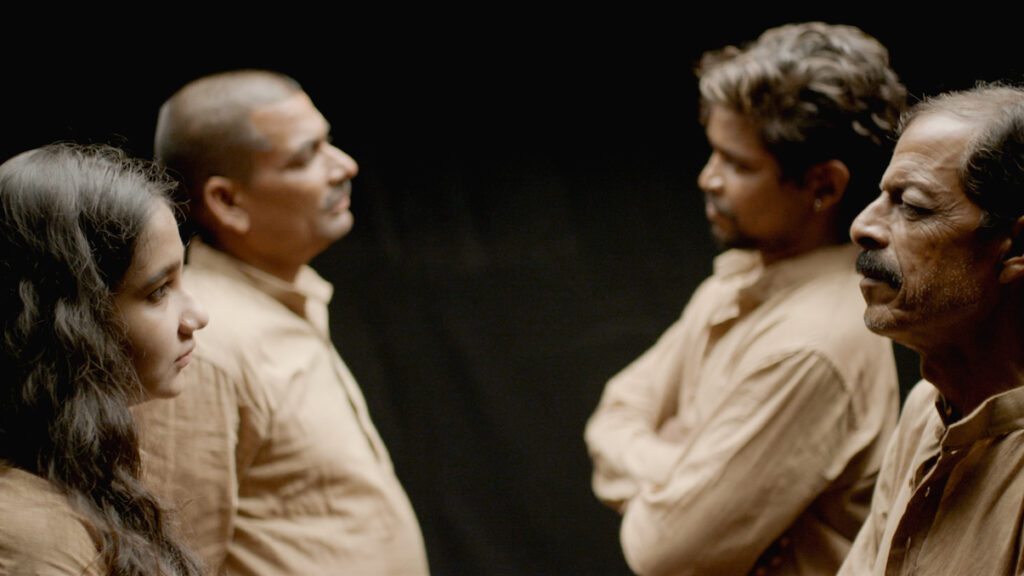In Thunder Lightning and Rain
Rajesh James 39 Minuten
„In Thunder Lightning and Rain“ zeigt drei Dalit-Frauen, wie sie ihre Ausgrenzung aus der Gesellschaft ertragen. Die drei Frauen – eine Fußballerin, eine Fischerin und eine Bestatterin – erzählen im Film von Leid und Wohl, Widerstand und Ausdauer. Diese drei zeitgenössischen Shakespeare Hexen werden vor dem karnevalistischen Stadtraum von Fort Kochi dargestellt. Während sie den männlichen Raum des Karnevals besuchen, folgt die Kamera ihnen mit intensivem Eifer, um ihre Identität zu dokumentieren. Rajesh James ist ein Dokumentarfilmer und Wissenschaftler aus Kochi, Indien. 2017 wurde er mit dem renommierten Riyad Wadia Award als bester aufstrebender Filmemacher in Indien ausgezeichnet.
